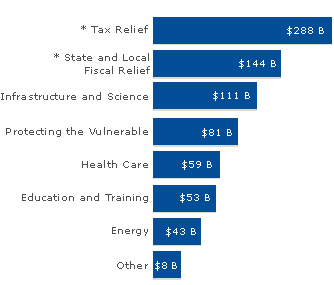The Infinite Monkey Theorem is a favorite of many. It was selected by Wired.com as one of the Top Eight Best Thought Experiments ever, and it was attempted in real life once by six monkeys and a £2,000 grant.
The concept is as simple as often repeated: half a dozen, dozens, an army, a million, or infinite monkeys, in front of as many typewriters, given enough time, would type in all the works of Shakespeare, or the books in the British Museum, or the books in all languages in all the finest libraries in the world.
But who came up with the idea in the first place?
Many will assign it to Arthur Eddington, the British astrophysicist mainly famous for his work with relativity. In 1927 he wrote:
… If I let my fingers wander idly over the keys of a typewriter it might happen that my screed made an intelligible sentence. If an army of monkeys were strumming on typewriters they might write all the books in the British Museum. The chance of their doing so is decidedly more favourable than the chance of the molecules returning to one half of the vessel.
(A. S. Eddington. The Nature of the Physical World: The Gifford Lectures, 1927. New York: Macmillan, 1929, page 72.)
Yet it was Félix Émile Borel, the French mathematician with works in set theory, that, in 1913, first conceived the probabilistic consequence of having a million idle monkeys with typewriters available:
… Concevons qu’on ait dressé un million de singes à frapper au hasard sur les touches d’une machine à écrire et que, sous la surveillance de contremaîtres illettrés, ces singes dactylographes travaillent avec ardeur dix heures par jour avec un million de machines à écrire de types variés. Les contremaîtres illettrés rassembleraient les feuilles noircies et les relieraient en volumes. Et au bout d’un an, ces volumes se trouveraient renfermer la copie exacte des livres de toute nature et de toutes langues conservés dans les plus riches bibliothèques du monde. Telle est la probabilité pour qu’il se produise pendant un instant très court, dans un espace de quelque étendue, un écart notable de ce que la mécanique statistique considère comme la phénomène le plus probable…
(Émile Borel, “Mécanique Statistique et Irréversibilité,” J. Phys. 5e série, vol. 3, 1913, pp.189-196.)
Allez singes!





